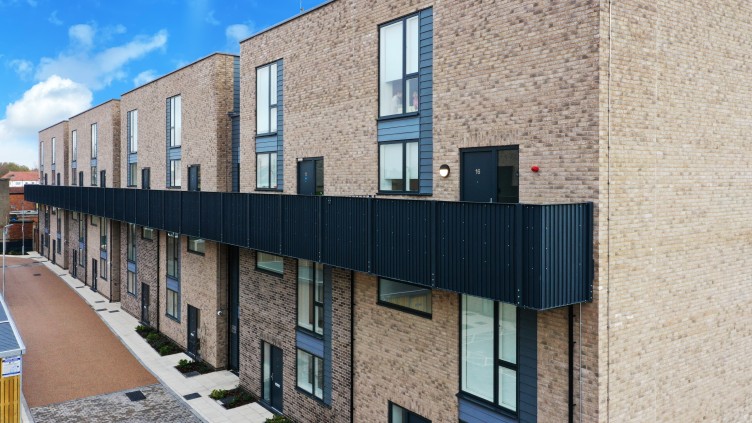
As the UK strives to achieve its Net Zero by 2030 targets, retrofitting is emerging as an excellent way to reduce carbon emissions and increase energy efficiency. It involves upgrading older properties with modern technologies and insulation to improve energy performance. While its popularity amongst building owners and landlords is increasing, there are significant barriers preventing wide-scale adoption of these initiatives.
In this article, we’ll explore some of these barriers and provide suggestions on how to overcome them.
Cost and funding
One major obstacle is the high upfront cost of retrofitting projects. Large corporations, often more invested in short-term profit margins, may be hesitant to allocate substantial financial resources to retrofitting schemes. To address this, the government could introduce tax incentives and grants to encourage businesses to invest in energy-efficient technologies and retrofitting measures. Additionally, forming public-private partnerships could leverage the expertise of corporations while sharing the financial burden between the government and businesses.
Standardising the approach
The lack of a standardised approach to retrofitting creates uncertainty for companies, making them hesitant to embark on large-scale projects. The government should take the lead in setting clear regulations and industry standards for retrofitting processes, ensuring businesses have a consistent framework to follow. This would provide clarity and streamline the retrofitting process, attracting more businesses to participate.
Increasing awareness and collaboration
Inadequate awareness and education around the benefits of retrofitting also pose significant challenges. Both councils and the government can play a pivotal role in promoting the advantages of energy-efficient retrofits, emphasizing the long-term cost savings and environmental benefits. Public awareness campaigns and educational programmes can engage businesses and demonstrate how their participation would contribute to the collective effort to combat climate change.
Councils can further aid the retrofitting movement by offering support and guidance throughout the process. They can act as intermediaries, connecting businesses with qualified retrofitting experts and resources. Moreover, councils can provide data on the energy performance of buildings, assisting businesses in identifying potential opportunities for retrofitting.
Conclusion
Wide-scale retrofitting of UK housing stock is crucial for achieving Net Zero by 2030. Addressing barriers such as upfront costs, lack of standardisation, and low awareness will allow developers to carry our wide scale retrofit projects more regularly. Additionally, collaboration between the public and private sectors will prove indispensable in achieving the nation’s climate goals and securing a greener, more resilient future.
How Nilan can help
We’ve recently worked with housing associations and councils on their retrofit projects, providing guidance from consultation through to installation and aftercare.
First, buildings are upgraded to make them air-tight and to reduce the overall energy-demands. Once this is done, the homes can then be fitted with cutting-edge Nilan Compact units. The units work by exploiting the energy in air extracted from the building to provide hot water, ventilation, heating and cooling.
This approach leads to significant reduction in domestic energy costs and carbon emissions, and therefore has a lower impact on the environment.
For more information on how Nilan products can be used in your retrofit projects, contact sales@nilan.uk.com